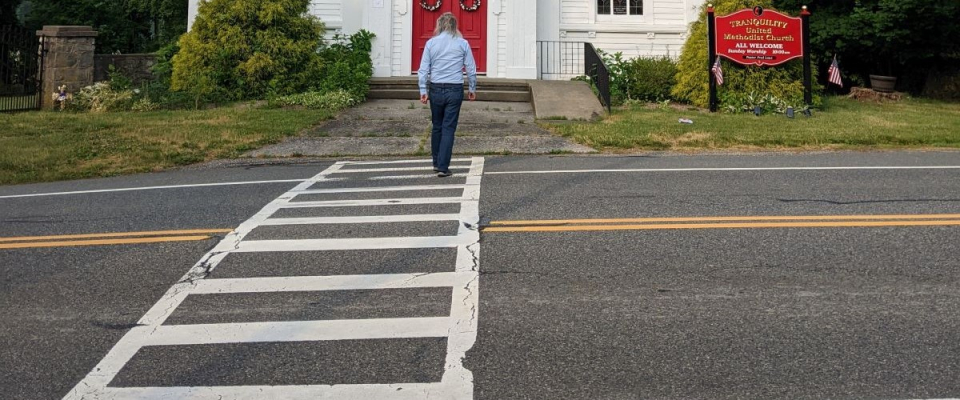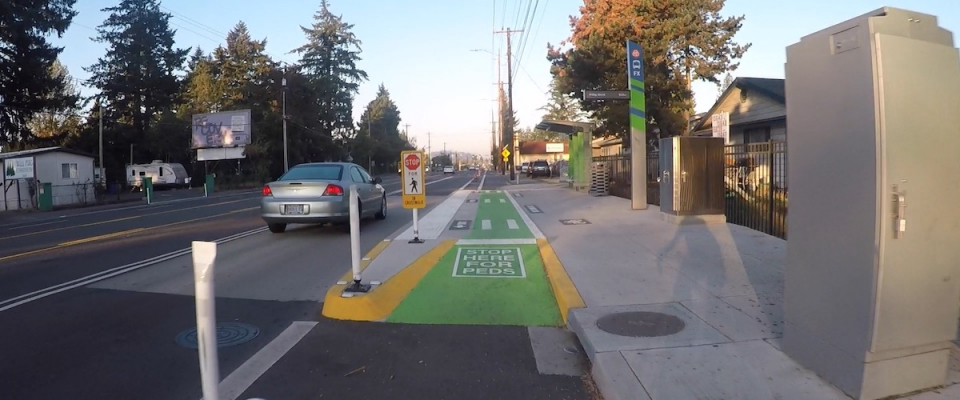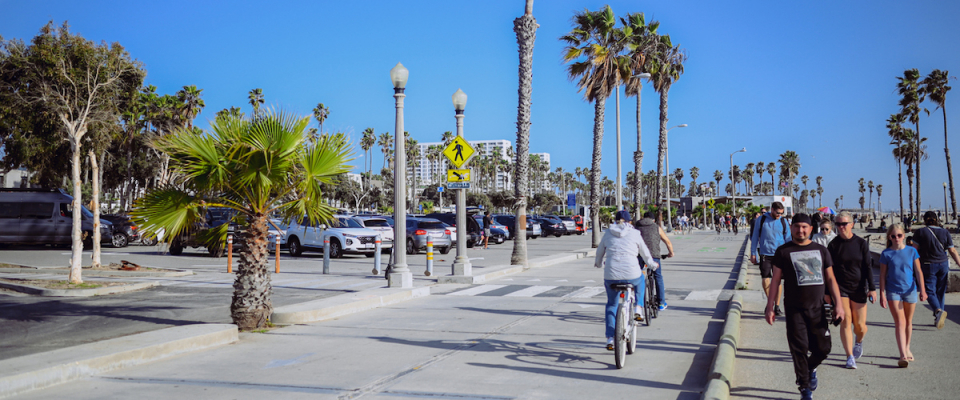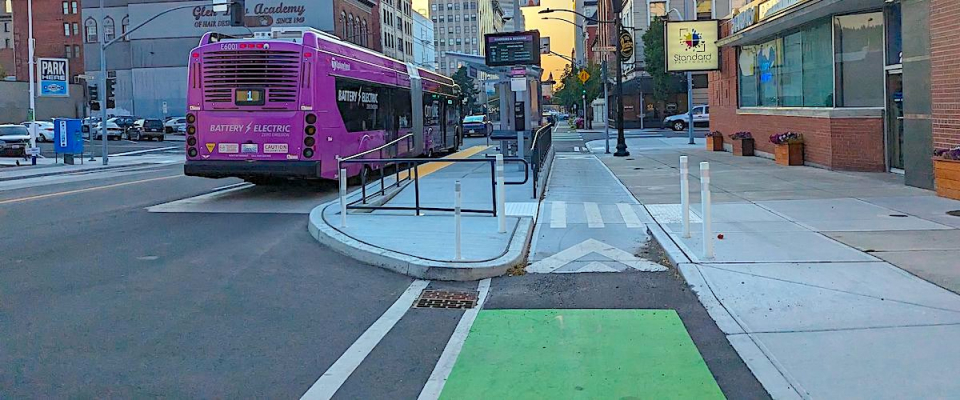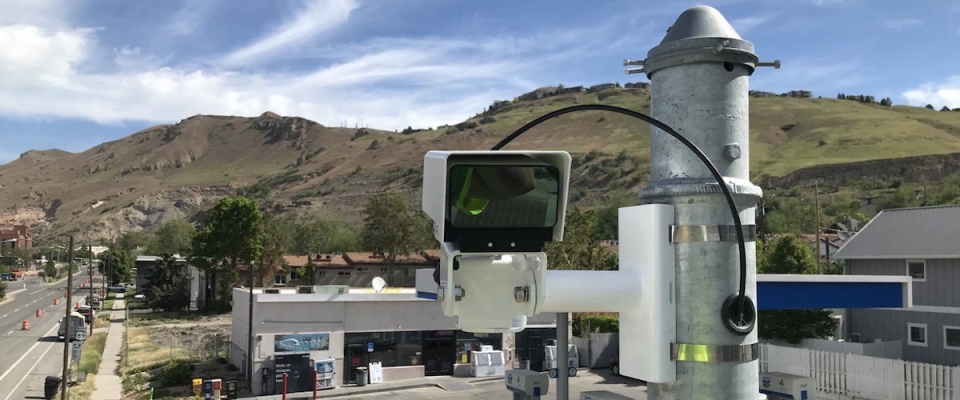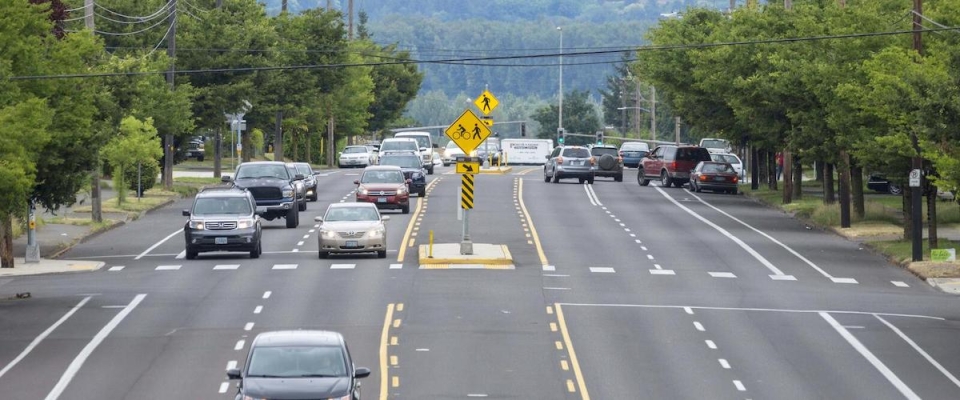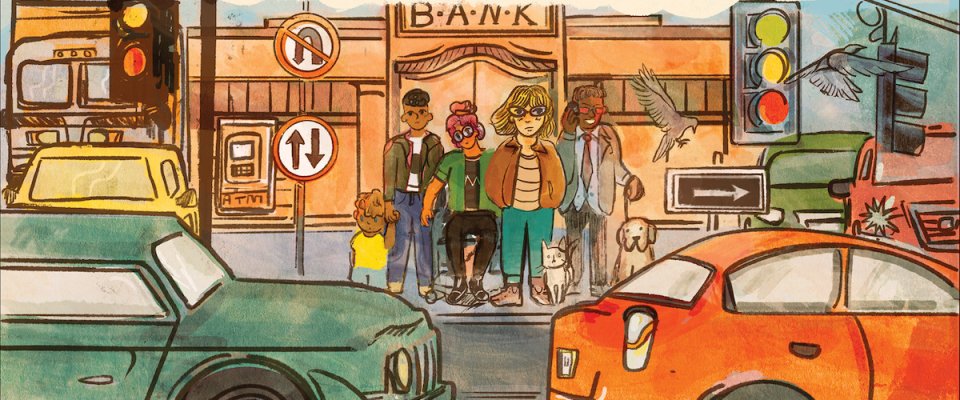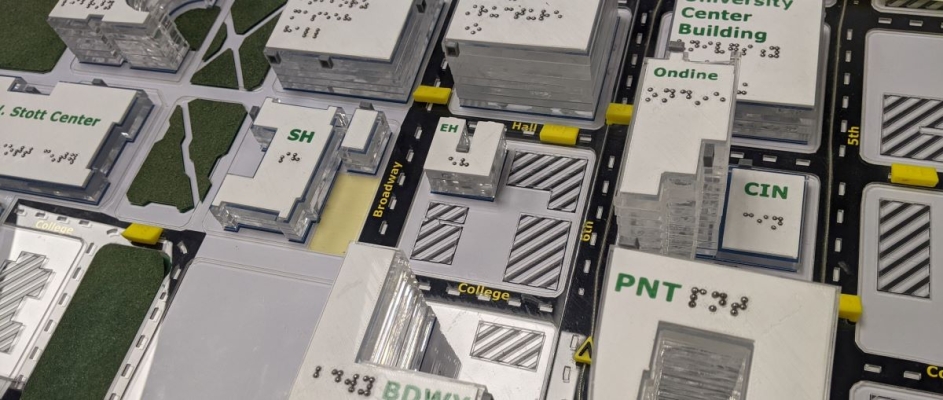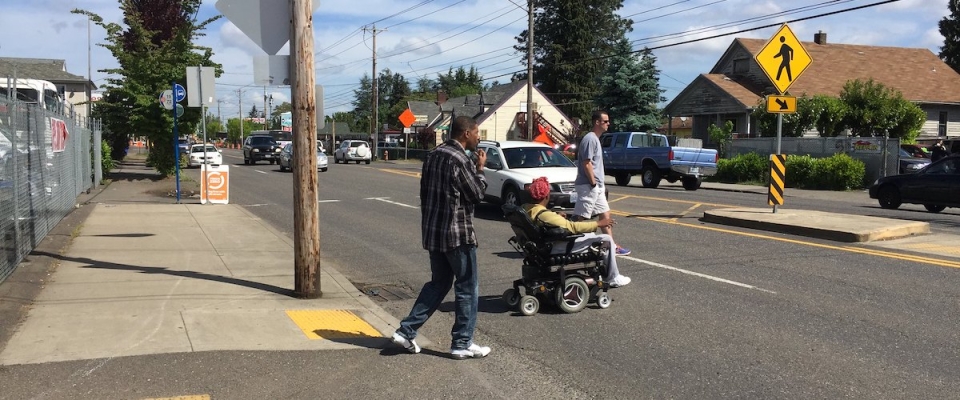Pedestrians are unlikely to use a marked crosswalk if it is too far out of their way. So how far is too far?
Like so many other things in transportation engineering, the answer is dependent on the context. In this case, variables may include the surrounding roadway characteristics, traffic, and the type of crossing facilities that are available. A pedestrian's decisions can also be affected by how far they are walking, how many streets they have to cross, and other factors.
Researchers at Portland State University (PSU) are embarking on a new study to determine the optimal spacing between marked crosswalks.
Based on their findings, the team will create a tool to inform transportation agencies when to add marked crosswalks (also known as zebra crossings) at unmarked intersections and midblock crossing locations.
Funded by the National Cooperative Highway Research Program (NCHRP), the research team is led by the University of North Carolina at Chapel Hill and includes the University of New Mexico; Joe Broach, Sirisha Kothuri and Nathan McNeil of PSU; and Rebecca Sanders of Safe Streets Research & Consulting.
WHY IS THE RESEARCH IMPORTANT?
An estimated 6,205 pedestrians were killed in traffic collisions in the United States in 2019, and over 80% of those pedestrian fatalities occurred at unmarked midblock locations.
To reduce fatalities and injuries, agencies need to...
Read more
